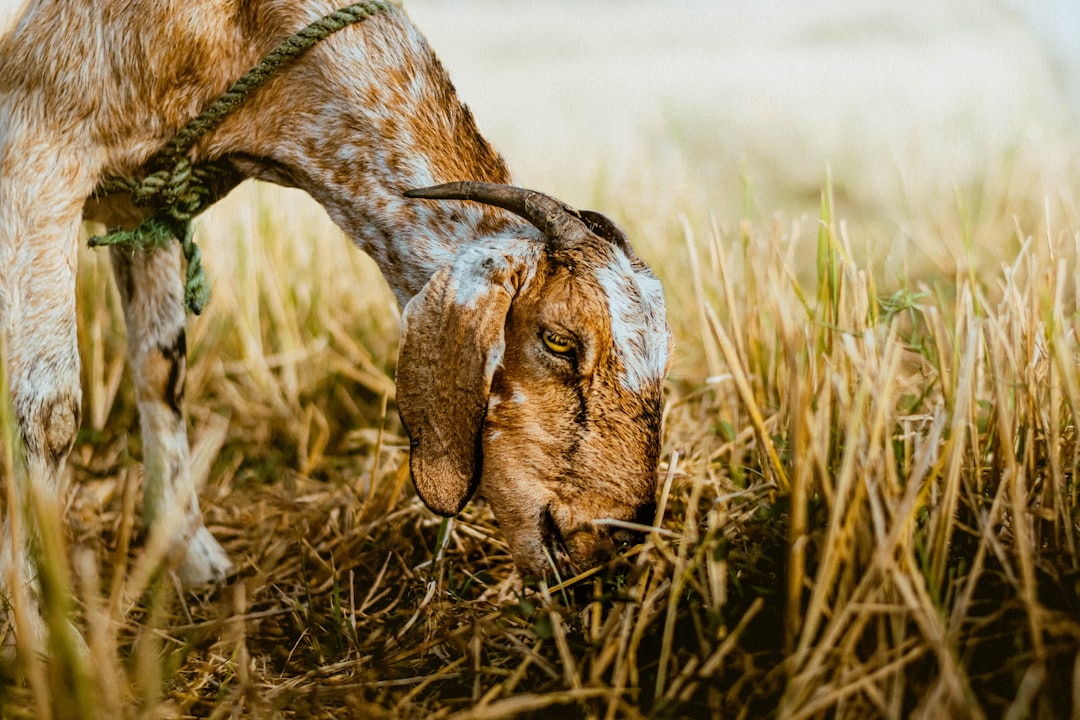Climate change poses significant challenges to farm animal species worldwide, affecting their health, productivity, and survival. Rising temperatures, altered precipitation patterns, and increased frequency of extreme weather events contribute to heat stress, disease spread, and reduced feed availability. This post explores these challenges and discusses adaptation strategies that can help mitigate the impacts of climate change on different farm animal species.
Challenges Faced by Farm Animals
Heat Stress
-
Increased Mortality and Reduced Productivity: Heat stress is a major concern, particularly for cattle and poultry, as it can lead to reduced fertility, lower productivity, and increased mortality.
-
Global Projections: By 2100, over a billion cows could experience heat stress, with tropical regions facing year-round heat stress if global warming exceeds 4°C.
Disease Spread
-
Climate-Driven Disease Transmission: Changes in temperature and precipitation patterns enhance the spread of diseases by increasing vector populations and altering pathogen distributions.
-
Examples: Rift Valley fever and tick-borne diseases are expected to expand their geographical ranges due to climate change, posing significant threats to livestock health.
Feed Availability
-
Impacts on Forage and Crop Yields: Climate change affects the quality and quantity of forage and feed crops, leading to reduced availability and increased costs for livestock feed.
-
Regional Variability: While some cooler regions may benefit from warmer temperatures, many areas face decreased crop yields and pasture productivity due to droughts and heatwaves.
Adaptation Strategies
For Heat Stress
-
Breeding for Heat Tolerance: Selecting breeds that are genetically adapted to warmer conditions can help reduce heat stress impacts.
-
Shading and Cooling Systems: Implementing shaded areas and cooling systems in animal housing can mitigate heat stress effects.
-
Adjusted Management Practices: Changing feeding times and providing access to cool water can also help manage heat stress.
For Disease Spread
-
Enhanced Biosecurity: Implementing strict biosecurity measures can reduce the risk of disease transmission among animals.
-
Vaccination Programs: Developing and implementing effective vaccination programs against climate-sensitive diseases is crucial.
-
Monitoring and Early Detection: Regular monitoring for disease outbreaks and early detection systems can help manage disease spread effectively.
For Feed Availability
-
Diversified Feed Sources: Exploring alternative feed sources, such as locally adapted forages or crop residues, can reduce reliance on vulnerable crops.
-
Conservation Agriculture: Practices like no-till farming and cover cropping can improve soil health and resilience, enhancing feed crop productivity.
-
Irrigation Management: Efficient irrigation systems can help stabilize feed crop yields despite climate variability.
Conclusion
Climate change poses significant challenges to farm animal species, but through strategic adaptation, these impacts can be mitigated. By focusing on heat stress management, disease prevention, and ensuring feed availability, farmers can build resilience into their agricultural systems. As global temperatures continue to rise, adopting these strategies will be crucial for maintaining healthy and productive livestock populations.
Citations:
- https://en.wikipedia.org/wiki/Effects_of_climate_change_on_livestock
- https://www.nature.com/articles/d44148-023-00244-7
- https://www.preventionweb.net/news/climate-change-making-livestock-susceptible-diseases-here-how
- https://krakensense.com/blog/the-impact-of-climate-change-on-crop-diseases
- http://www.climatehubs.usda.gov/animal-agriculture-changing-climate
- https://pmc.ncbi.nlm.nih.gov/articles/PMC9292043/
- https://www.downtoearth.org.in/climate-change/climate-change-is-making-livestock-susceptible-to-diseases-here-is-how-85882
- https://news.mongabay.com/2024/08/climate-change-threatens-public-health-raising-the-spread-of-food-borne-diseases/

Comments
No comments yet. Be the first to comment!
You must be logged in to comment. Login